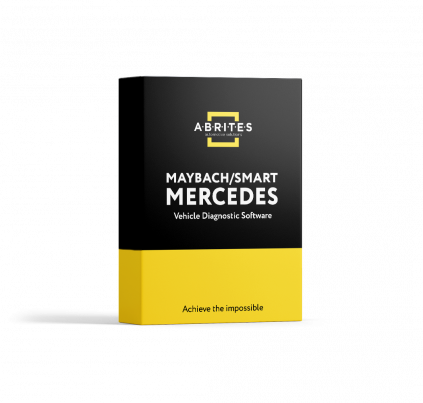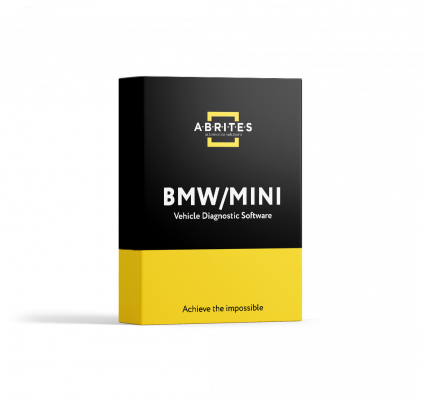
FN023 - THE BRIGHTEST FLAME BURNS QUICKEST. OR DOES IT? PART 2
It is not often that I use this platform to rant about what could be or what is about to happen. This week I want to continue talking about the FN023 and the new features that are about to come out with it. I briefly went through the functionality in terms of adapting a BCM to the cars from about 2016 to about 2022 equipped with a HITAG 2 mechanical key but I believe this to be something that deserves attention even before it becomes a Supernova.
The best a company can possibly do is create a product which:
1. Solves a problem your customers have and
2. Make your customers’ lives easier with a solution.
This is exactly what the FN023 does, or should I say will do apart from the features in last week’s blog. FN023 has the goal to cover a lot of cars, most of which are produced between 2016 and 2022. There will certainly be cars of this type produced before or after that too. The models where this is currently being tested are mostly on the lower end of the lineups of FCA vehicles such as the FIAT Panda, Qubo, 500, Lancia Y and others and the reason for this functionality to exist is to assist you in successfully and with ease replacements of BCM modules in these vehicles. This will work in the following way, BY OBD:
1. Cloning the BCM – this is the easiest one of all, but a lot of stars must align for it to happen properly:
• You need to have the exact same BCM part number.
• You need to still have the existing BCM, and it needs to be readable.
• The existing BCM needs to not have defects.
The method above is preferred because it will basically guarantee success. This means that you are just reading the old BCM and writing to the new one. The car is none the wiser and you will probably not even need to clear the DTCs afterwards.
2. Adaptation. This is where it gets trickier – there is a lot to do on our end as well. When adapting a BCM of this generation you need to take a step back and look at how we do it with the previous generation. There you need to make the ECU virgin, after that you need to place your “new”, “donor” BCM in the car and program a key to it. Once you start the car with the first key the ECU will accept the BCM and key as original to the car and the drive authorization part will be complete.
Here, in the 2016-2022 generation it is not as simple. To get the ECU and BCM to communicate there is a very different battle that must be won. 2016 and later ECUs use a higher level of security. Our goal here is to be able to make the ECU “talk” to the BCM in basically the same language and this is the part that takes time. There are two very important benefits here when compared to pure cloning:
- You do not need to have the exact same part number of the BCM (it still needs to be compatible with the car, otherwise you will have even more electrical problems than the ones which started the whole BCM replacement process to begin with).
Side note: Please try to find modules at least remotely compatible with the ones installed in your vehicle. We have had cases of people complaining because their licenses do not work and when we check the reasons why they are sometimes using modules from different car brands with “similar” suppliers to the original. Please look for a close part number resemblance.
• You can do the adaptation in reverse where you will be able to change the ECU as well, but much easier. You will have to exchange the maps for example but this is also a good chance to upgrade by using the opportunity to get an ECU from a more powerful version of the same engine. For example, if you have a car with a 1.9 diesel engine with 120 HP you can use the upgraded ECU from a 150 HP engine thus making lemonade with the lemons the situation gave you. This will be much easier and basically solve any FCA-related problem. In conclusion, I would get the FN023 before the next blog post.
Alek
 TCU Personalization Without FBS4 Data
TCU Personalization Without FBS4 Data
 BDC2 Replacement and Mileage Reset for BMW
BDC2 Replacement and Mileage Reset for BMW